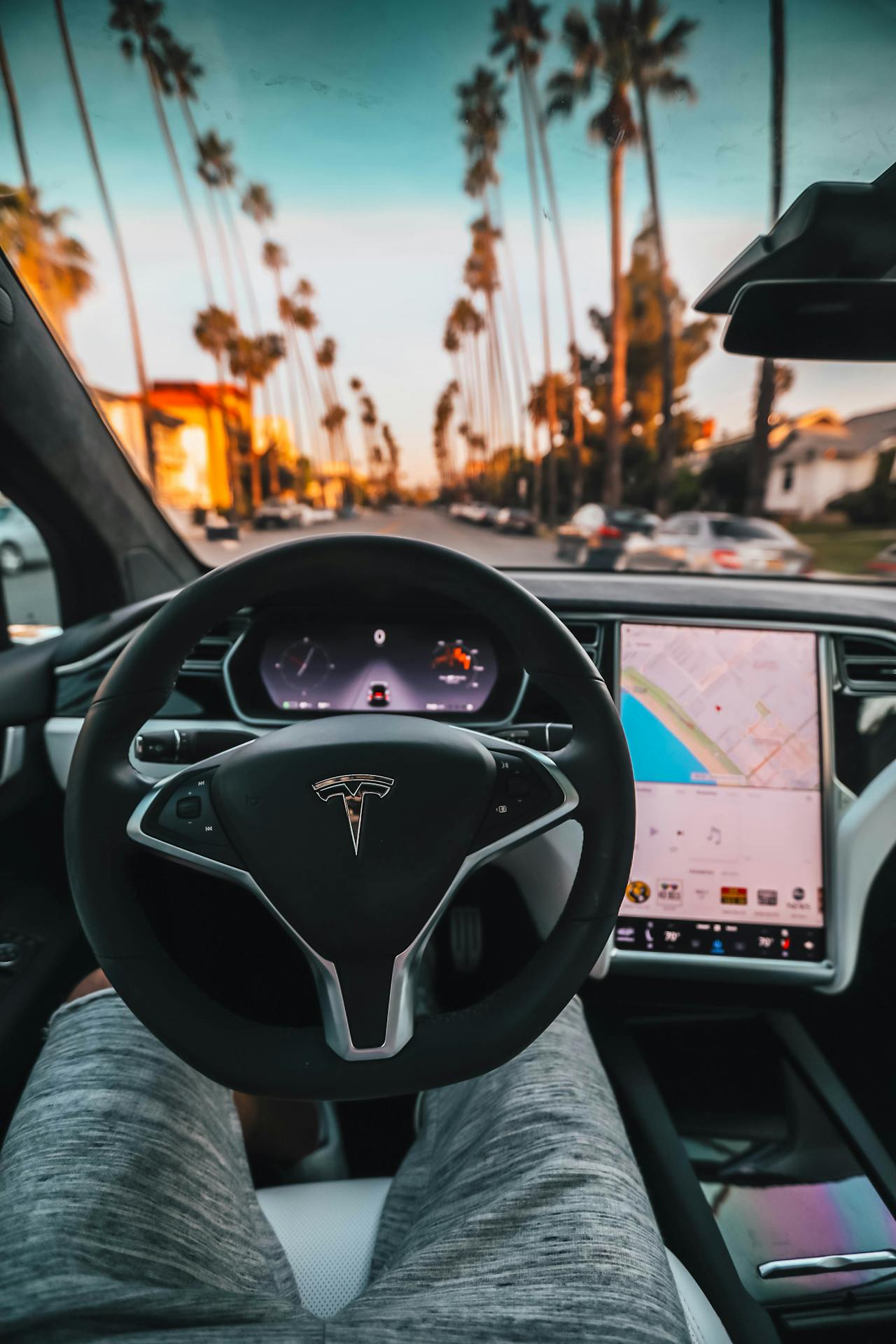Vision vs LiDAR: The Final Battle for Autonomous Driving
The autonomous vehicle (AV) industry in 2025 is no longer asking “Can we build a self-driving car?” That question has been answered. The new debate—now hotter than ever—is how we should build it.
Two camps have emerged in a full-on philosophical, technical, and commercial war:
- Tesla’s “vision-only” approach, ditching all LiDAR and radar in favor of neural networks and camera feeds
- LiDAR-first systems used by companies like Waymo, Aurora, and Cruise, relying on light detection to build high-resolution 3D maps of the environment
So which one’s actually winning? Let’s take a real-world look at performance, adoption, cost, safety—and see if 2025 brings us any closer to a winner.
1. The Core Philosophies: Why They Clash So Hard
Tesla (Vision-Only, “AI Native”):
- Believes the world should be perceived the same way humans drive: with eyes and brain (i.e., cameras and neural nets)
- Rejects high-definition mapping and LiDAR as crutches that won’t scale globally
- 2025 FSD Beta relies solely on 8 external cameras + GPS + AI models
🧠 Musk’s Logic: “Humans drive with vision alone. So should machines.”
Waymo / Aurora / Cruise (LiDAR-Heavy):
- Treat driving as a mathematical problem, favoring deterministic sensing and HD maps
- Use LiDAR + radar + cameras, often stacked together in a “sensor fusion” model
- Prioritize safety and predictability over scale or cost
🎯 Industry Logic: “Redundancy = safety. LiDAR sees what cameras can’t.”
The clash is as much about ideology as it is about hardware.
2. Safety: Is One Proven Safer in 2025?
This is where it gets murky.
Tesla Vision:
- As of Q2 2025, Tesla reports 1 accident per 6.3 million miles driven on FSD Beta (internal data)
- Vision-only systems struggle in low-contrast lighting (fog, dusk, snow), leading to edge-case failures
- Criticized after a few high-profile crashes in early 2024 involving motorcycles and parked trucks
LiDAR-Based Systems:
- Waymo’s public data (2025) shows zero fatalities and only minor accidents across 50+ million robotaxi miles
- Perform consistently in poor lighting and complex intersections
- However, often require geofenced, HD-mapped areas to function
📊 Summary:
| Metric | Vision Only (Tesla) | LiDAR-Based (Waymo/Cruise) |
|---|---|---|
| Real-world miles (2025 est.) | ~3B+ miles | ~50M+ miles |
| Fatal accidents | 2–3 incidents | 0 |
| Weather resilience | Moderate | Strong |
| Night performance | Improving | Excellent |
3. Cost and Scalability: Who’s Winning the Economics?
Vision (Tesla):
- Leverages existing camera hardware—already installed on all vehicles
- No need for expensive LiDAR units ($1,000–$5,000 per sensor)
- Easier OTA deployment across millions of cars
💰 Tesla wins mass adoption. You buy the car; software just “shows up.”
LiDAR Systems:
- Even with 2025 cost drops, LiDAR hardware adds $3,000–$10,000+ to vehicle cost
- Still limited to robotaxis, delivery fleets—not private ownership
- Require pre-mapped zones, which slows down global scaling
🧾 Tesla sold over 1.2 million FSD-enabled vehicles in the last 12 months. Waymo operates under 30,000 robotaxis worldwide.
4. Driving Experience: What Users Actually Feel
- Tesla FSD (Vision):
- Feels “fluid” in familiar zones
- Occasionally jerky or confused in complex intersections or roundabouts
- Struggles with flashing lights, construction zones, odd signage
- Waymo/Cruise (LiDAR):
- More cautious and robotic driving style
- High confidence in pedestrian-heavy zones
- Can feel “too safe” or slow to react to dynamic environments
User forums in 2025 show a clear divide: Tesla owners enjoy the idea of self-driving as an extension of their car, while LiDAR systems still feel like public shuttles—less personal, more commercial.
5. The Battle for Urban Autonomy: Who’s Rolling Out Faster?
| Region | Tesla FSD Rollout | Waymo/Cruise Deployment |
|---|---|---|
| San Francisco | ✅ Full FSD Beta | ✅ Full Robotaxi zones |
| Austin, TX | ✅ | ✅ |
| Miami | ✅ | ❌ |
| Phoenix | ❌ | ✅ (Waymo) |
| Berlin | ❌ (regulation block) | ❌ |
| Dubai | ✅ | ✅ (Zoox pilot) |
Tesla wins where regulation is lenient and hardware is pre-installed.
Waymo wins where city + company + AV infrastructure are tightly integrated.
6. What 2025 Teaches Us: This Isn’t Just a Tech War
It’s also about:
- 🏛️ Regulation: Governments trust conservative, slower approaches (favoring LiDAR)
- 🚗 Business Models: Tesla sells cars to people. Waymo operates fleets.
- 📡 Data Philosophy: Tesla wants to learn from all roads. Waymo wants to perfect a few zones.
In fact, Tesla’s biggest advantage might not be its software—but its fleet. With over 5 million Tesla vehicles with FSD-capable hardware on the road, they can learn faster than any centralized LiDAR fleet ever could.
So… Who’s Winning in 2025?
It depends on what you mean by winning.
- If the goal is commercial safety and zero error tolerance → LiDAR is still ahead
- If the goal is scalable autonomy for the masses → Vision is already there
- If the goal is global reach → Vision is winning by volume
- If the goal is perfect AV in complex cities → LiDAR wins in limited zones
Maybe, just maybe, the future isn’t one or the other, but some blend:
A Tesla-style vehicle with vision-dominant perception,
backed by optional LiDAR in edge-case-heavy urban environments.
But until then, the final battle rages on—on freeways, in city centers, and most of all, in training datasets.



